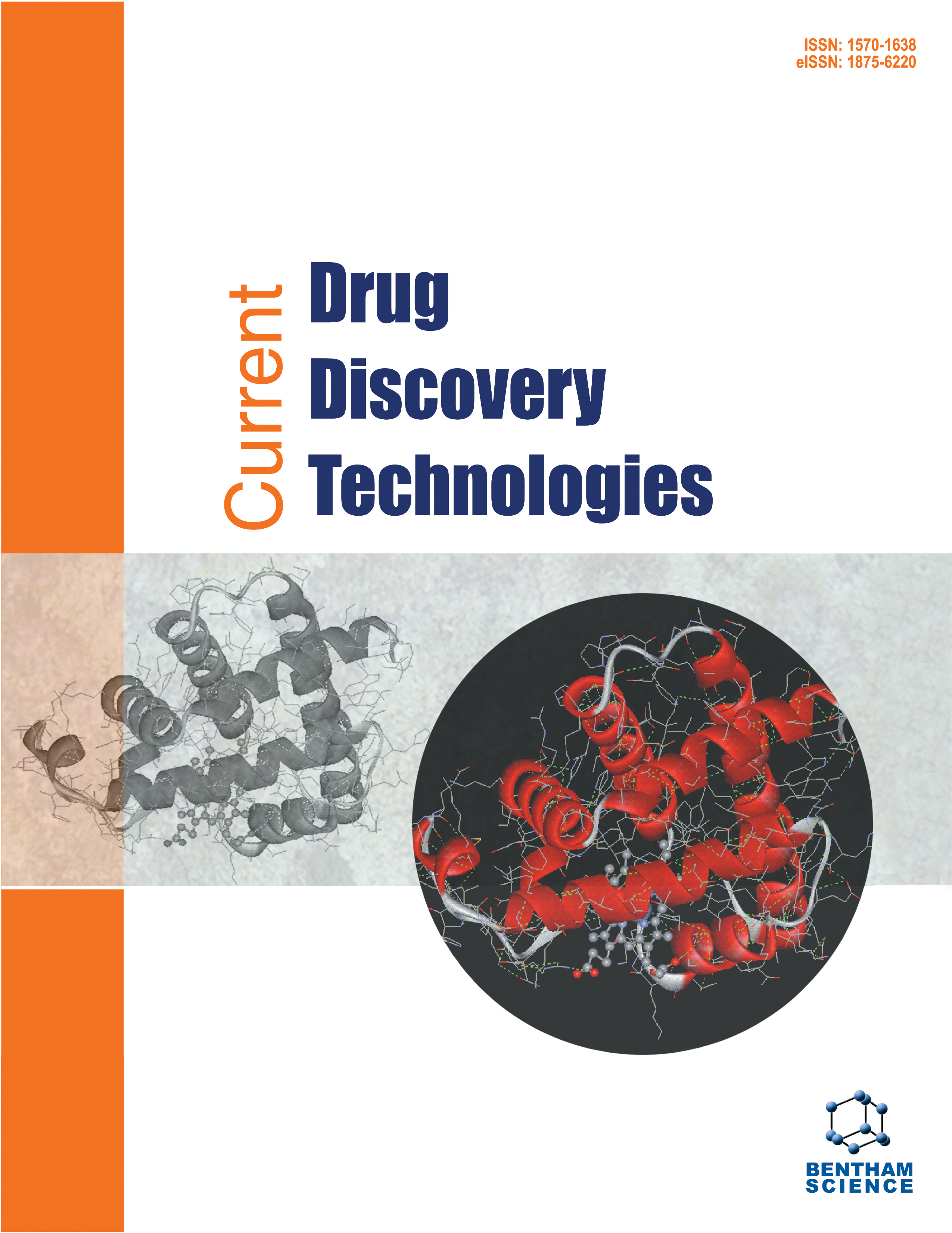- Home
- A-Z Publications
- Current Drug Discovery Technologies
- Previous Issues
- Volume 7, Issue 2, 2010
Current Drug Discovery Technologies - Volume 7, Issue 2, 2010
Volume 7, Issue 2, 2010
-
-
Antisense Antibiotics: A Brief Review of Novel Target Discovery and Delivery
More LessAuthors: Hui Bai, Xiaoyan Xue, Zheng Hou, Ying Zhou, Jingru Meng and Xiaoxing LuoThe nightmare of multi-drug resistant bacteria will still haunt if no panacea is ever found. Efforts on seeking desirable natural products with bactericidal property and screening chemically modified derivatives of traditional antibiotics have lagged behind the emergence of new multi-drug resistant bacteria. The concept of using antisense antibiotics, now as revolutionary as is on threshold has experienced ups and downs in Read More
-
-
-
Functional Gene Discovery Using RNA Interference-Based Genomic Screens to Combat Pathogen Infection
More LessAuthors: Elizabeth Hong-Geller and Sofiya N. Micheva-VitevaThe rampant use of antibiotics in the last half-century has imposed an unforeseen biological cost, the unprecedented acceleration of bacterial evolution to produce drug-resistant strains to practically every approved antibiotic. This rise in antimicrobial drug resistance, alongside the failure of conventional research efforts to discover new antibiotics, may eventually lead to a public health crisis that can drastically curtail our abili Read More
-
-
-
Versatile Applications of microRNA in Anti-Cancer Drug Discovery: From Therapeutics to Biomarkers
More LessAuthors: Haruhisa Iguchi, Nobuyoshi Kosaka and Takahiro OchiyaOver the past several years, microRNAs (miRNAs) have been identified as a fine-tuner in a wide array of biological processes, including development, cell growth and metabolism. Recent studies have shown that many kinds of miRNAs act as oncomirs or tumor suppressors in tumors where the miRNA genes are up- or down- regulated, respectively. These dysregulations occur through a variety of mechanisms, such as Read More
-
-
-
Preparation and Evaluation of Famotidine Polymorphs
More LessThe main objective of this study was to compare the behaviour of drug release among the famotidine polymorphs prepared by using various additives and solvents, by solvent evaporation method. The famotidine polyvinyl pyrrolidone polymorphs with different concentrations (0.5, 1 and 1.5%) were prepared by using solvent evaporation method. In these polymorphs of different concentrations 1% w/v polymorphs showed Read More
-
-
-
Determination of MHC Binding Peptides and Epitopes from Non- Structural Movement (NSm) Protein of Groundnut Bud Necrosis Virus
More LessAuthors: Sarika, M. Akram, M. A. Iquebal and K. NaimuddinGroundnut bud necrosis virus (GBNV) is recognized as one of the most economically important viruses and is known to affect several crops including peanut, potato, tomato and soybean. For managing plant virus diseases, determination of their causal agents’ identity at an early stage of crop is a pre-requisite. In the present study, NSm protein of GBNV has been used to predict out MHC binding peptides and epitopes that Read More
-
-
-
Nanoemulsion Encapsulation and In Vitro SLN Models of Delivery for Cytotoxic Methotrexate
More LessAuthors: Cormac Concannon, Desmond A. Hennelly, Simon Noott and Dipak K. SarkerThe complementary mixing and de-mixing of phases is seen as a methodology for use in ‘smart’ drug delivery systems. Surface tensions were routinely lowered to 50-55 mN/m in drug mixtures and this is compared to low molecular weight emulsifiers such as Tween 80. In the research reported here, mixing of a heterocyclic drug and an amphiphilic polymer is responsible for structural inconsistency at the air-water (A/W Read More
-
-
-
Human Kallikrein 6 Cerebrospinal Levels are Elevated in Multiple Sclerosis
More LessThe protease, human kallikrein-related peptidase 6 (hK6) is derived from activated macrophages in the central nervous system (CNS) and may contribute to pathology observed in multiple sclerosis (MS). In the present study, we compared serum and cerebrospinal fluid (CSF) protein concentrations of human kallikrein-related peptidase 6 derived from neurological controls and patients diagnosed with advanced multipl Read More
-
Volumes & issues
-
Volume 22 (2025)
-
Volume 21 (2024)
-
Volume 20 (2023)
-
Volume 19 (2022)
-
Volume 18 (2021)
-
Volume 17 (2020)
-
Volume 16 (2019)
-
Volume 15 (2018)
-
Volume 14 (2017)
-
Volume 13 (2016)
-
Volume 12 (2015)
-
Volume 11 (2014)
-
Volume 10 (2013)
-
Volume 9 (2012)
-
Volume 8 (2011)
-
Volume 7 (2010)
-
Volume 6 (2009)
-
Volume 5 (2008)
-
Volume 4 (2007)
-
Volume 3 (2006)
-
Volume 2 (2005)
-
Volume 1 (2004)
Most Read This Month
Article
content/journals/cddt
Journal
10
5
false
en


